Install MyStart Theme for Google Chrome
Winter snow offers pretty sceneries and allows all sorts of activities. But breath-taking landscapes and fun times cold weathers aren’t enough to stop the misconceptions out there about snow. Here’s a list of the most common myths about winter snow.
Snow is white
Contrarily to what might seem to be the most obvious fact, winter snow is not actually white. In fact, snow is made of ice particles, which are colorless. But because it is translucent, meaning that light doesn’t pass through it easily, snow is reflected by light. This is what creates its illusion of being white. Sometimes, deep winter snow can even also appear as being blue or pink; this phenomena happens when the layers of snow create a filter for light, which absorbs a variety of color tones such as blue or red light.
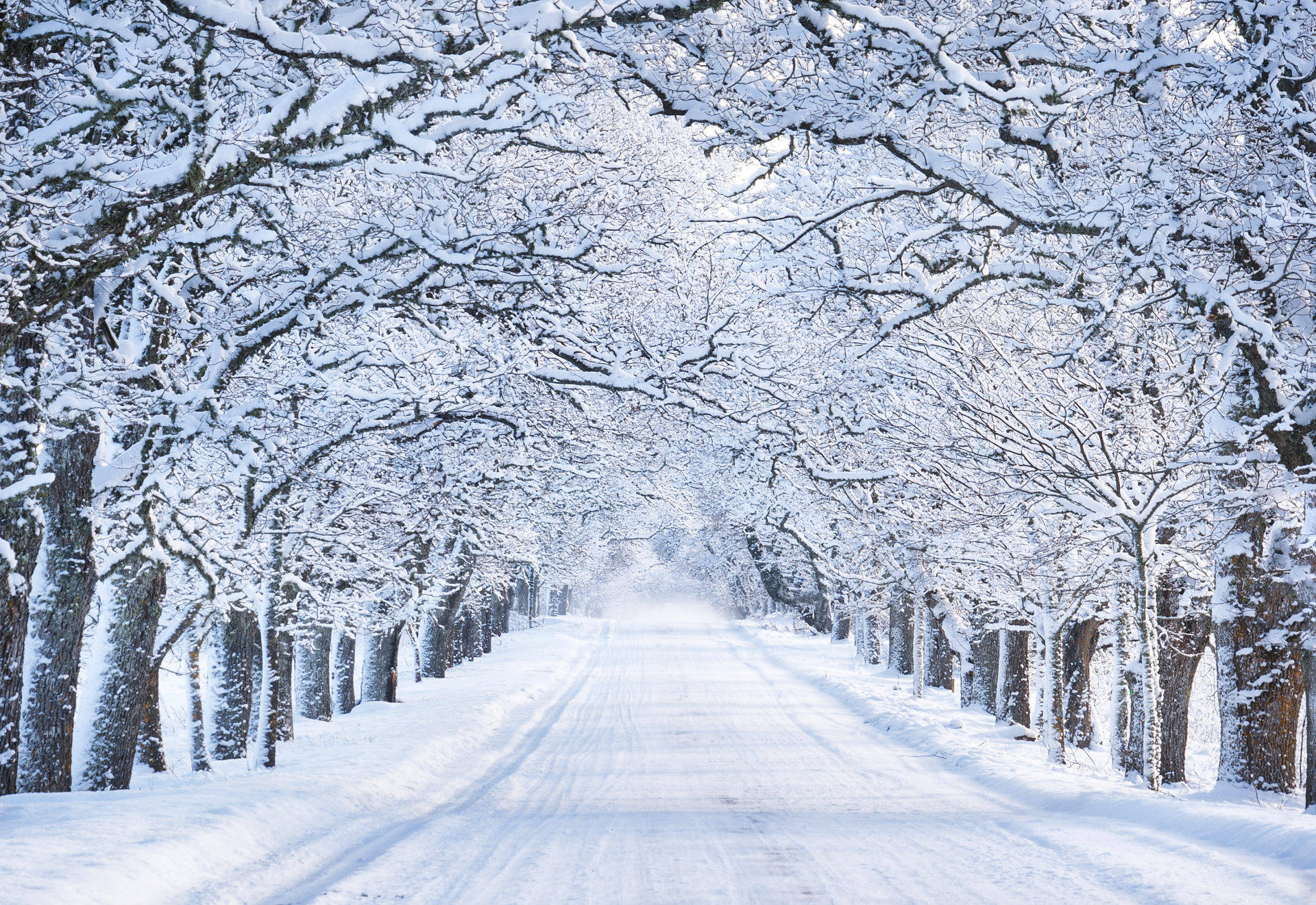
Snowflakes are all unique
Even though most of them are, not all snowflakes are unique. In 1988, two identical snowflakes were discovered by scientist Nancy Knight during a snowstorm in Wisconsin, United States. Working at the National Center for Atmosphere Research, she was able to analyze these snowflakes through a microscope. It is thus false to affirm that all crystal snows are different, although it is true that it is rare.
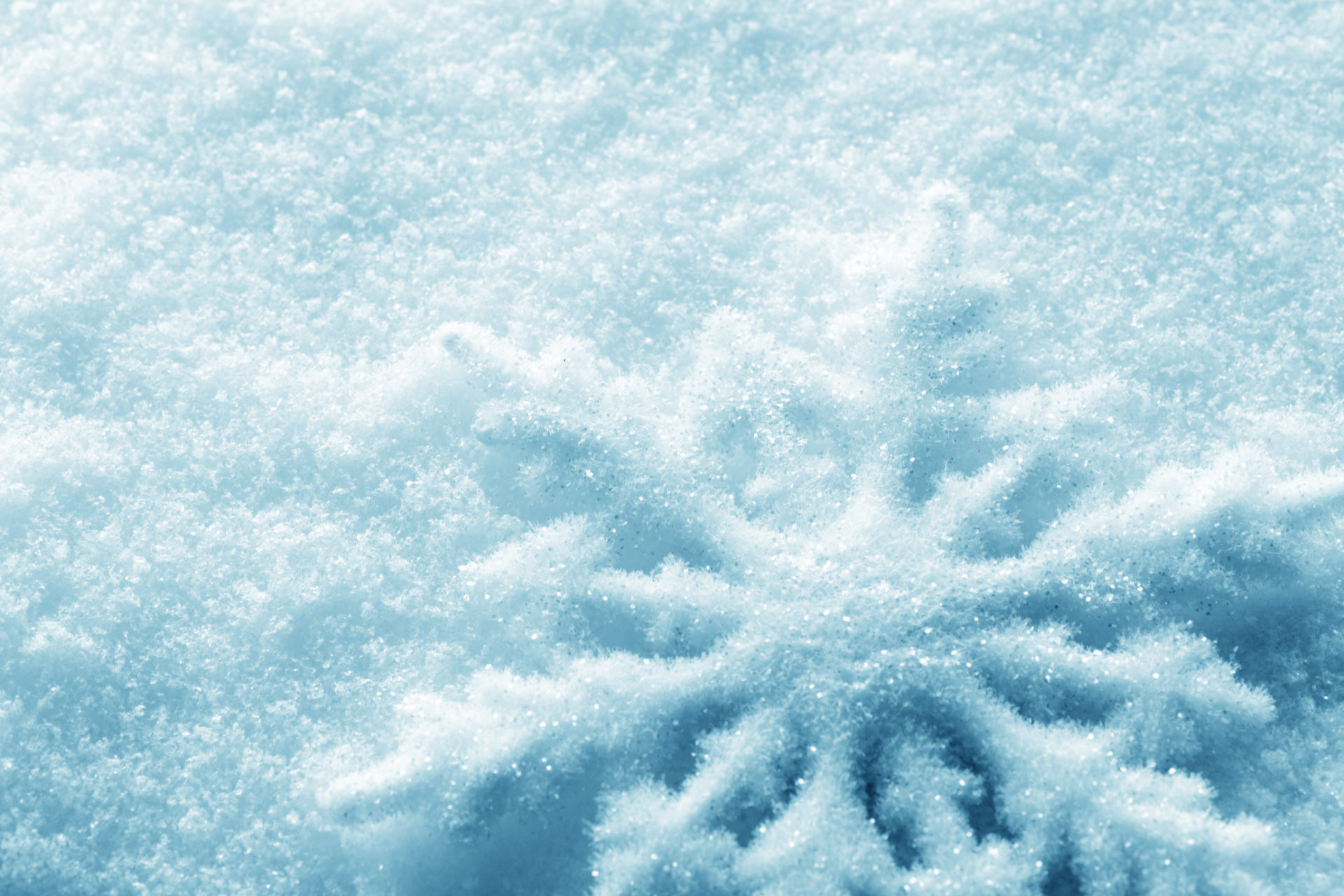
Snowstorms aren’t blizzards
Often confused as being the same, snowstorms and blizzards aren’t necessarily the same. Snowstorms can only be classified as blizzards once they meet very specific qualifications. Also, winds have to blow at least 35 miles per hour, and the winter snow falling must reduce visibility to less than 0.25 miles over a period of at least three hours. Other types of snowstorms include snow bursts, a quick accumulation of snow made from an intense but brief snowfall, and snow squalls, strong winds and an intense snowfall that only last a short period of time.
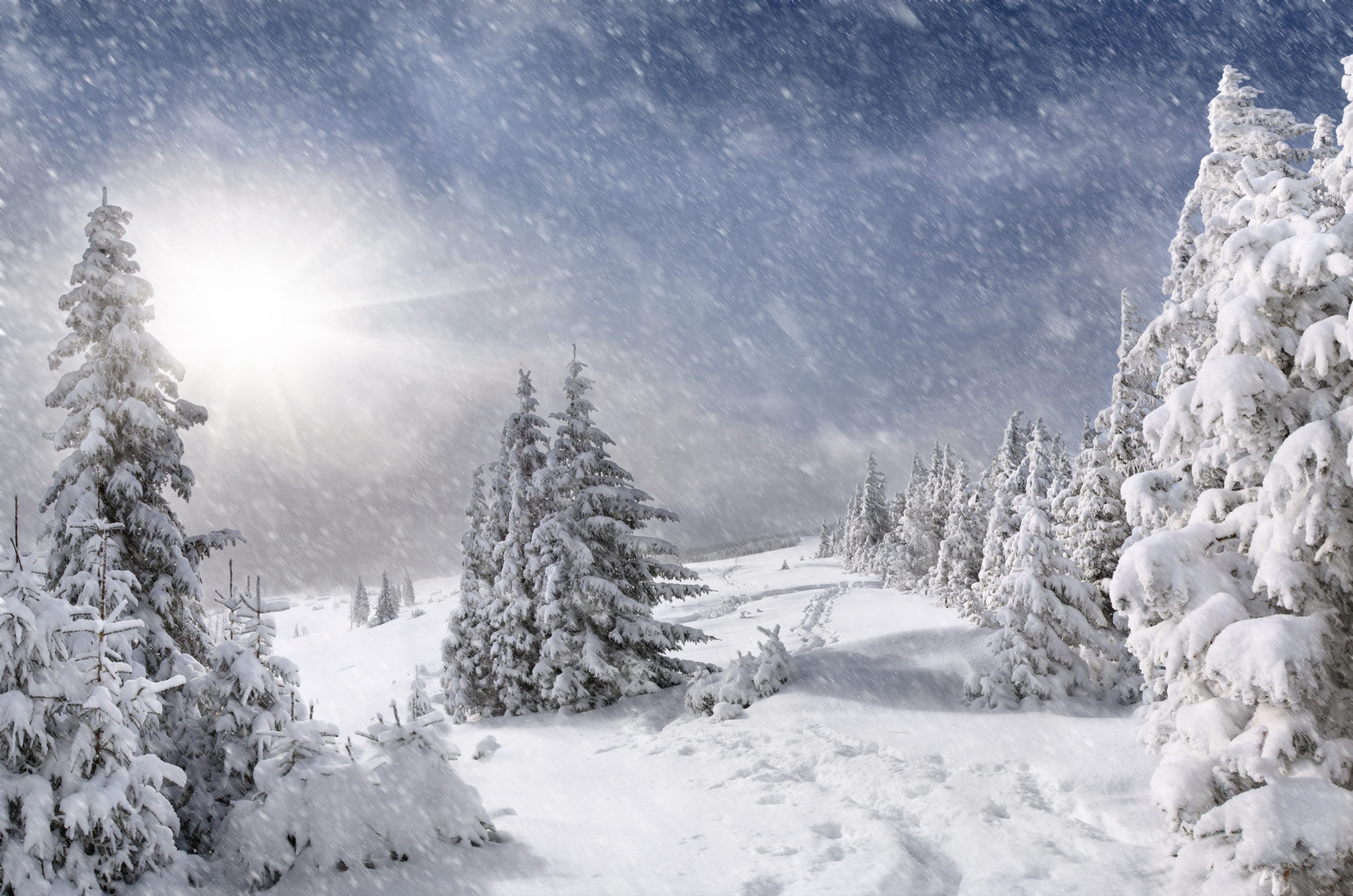
Igloos are cold
Most of the winter snow is found in the coldest regions, but the igloos made by Eskimos are anything but cool. As a matter of fact, the temperature inside them can be up to 100 times warmer inside than outside. This is because fresh and compacted snow is approximatively 90 to 95 percent trapped air. Since that air cannot move, it then transfers heat, which comes from the bodies inside, keeping igloos warm.
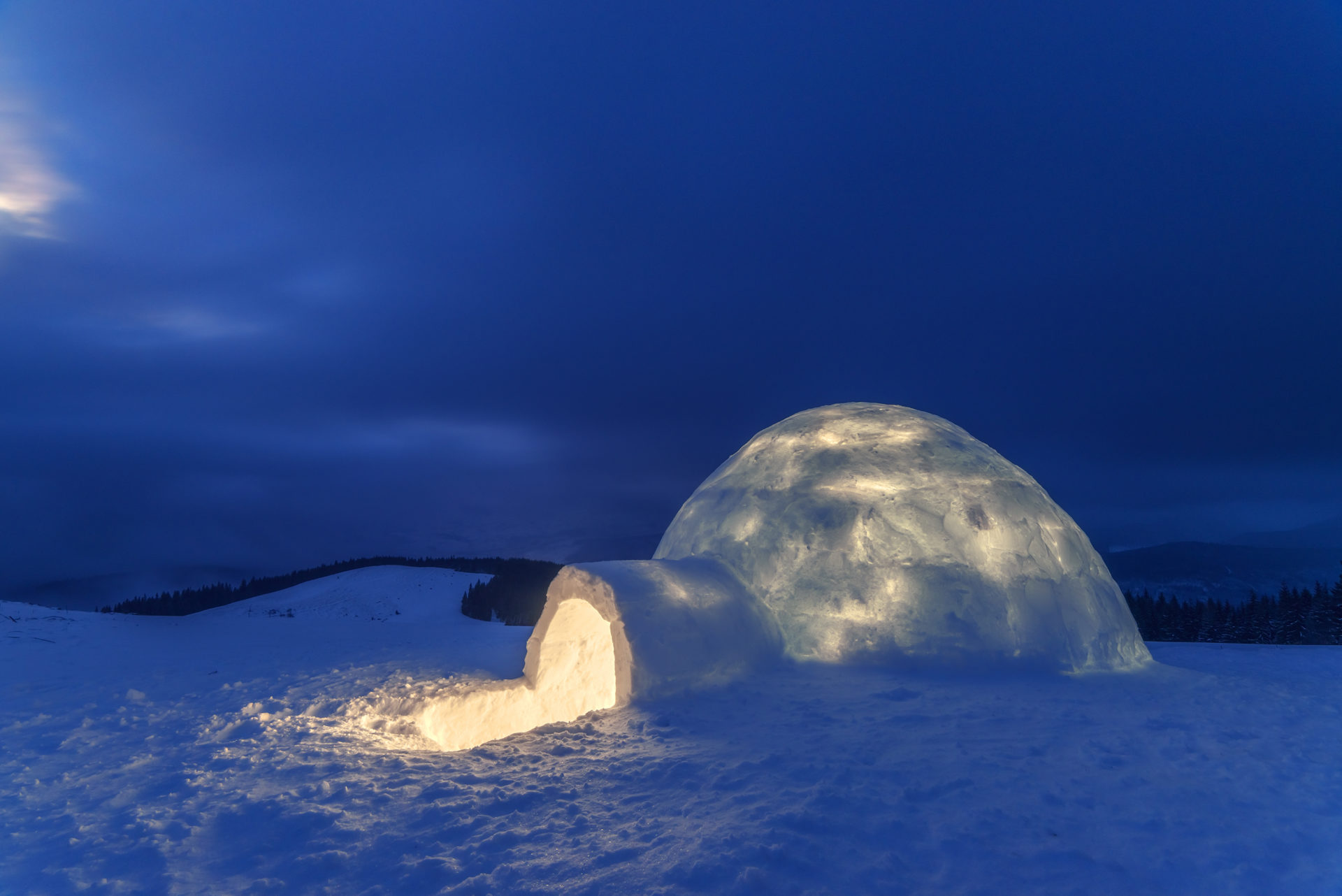
It only snows when it’s freezing
Air temperature generally does need to be very low for the snow to fall. However, continuous rain that falls at a temperature as high of 6 degrees can transform itself into the snow. Indeed, this happens as persisting rain will eventually and gradually cool the air that surrounds it.
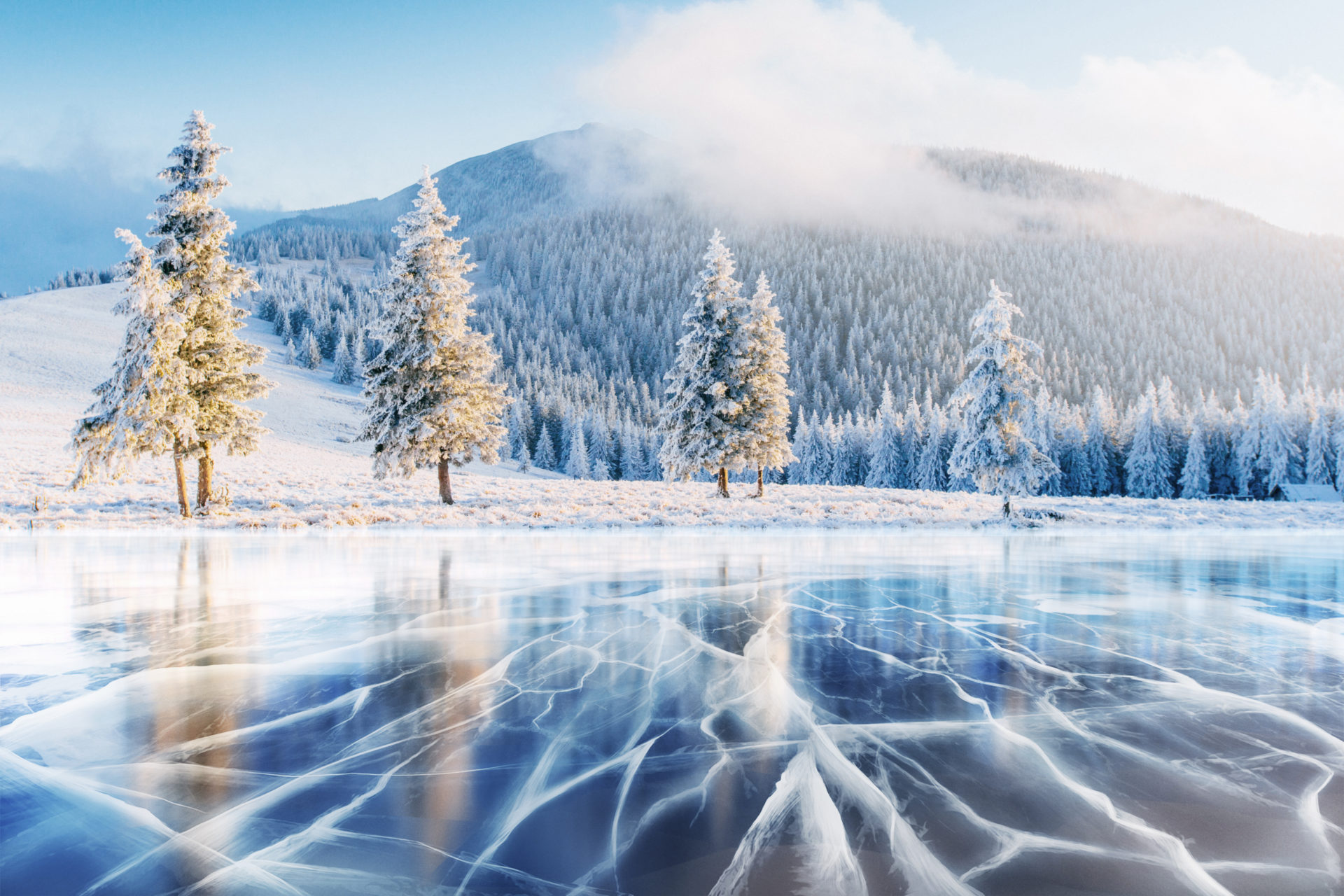
Snowflakes are the only form of snow
Winter snow can take the form of graupel, which are opaque ice particles formed in the atmosphere as ice crystals. Next, those crystals fall through freezing cloud droplets, which are usually colder than the freezing point of water while remaining liquid. Finally, those cloud droplets group themselves together, forming a soft, lumpy mass. Snow can also be sleet, which consists of raindrops freezing, and appear as small transparent balls of ice when falling from the sky.
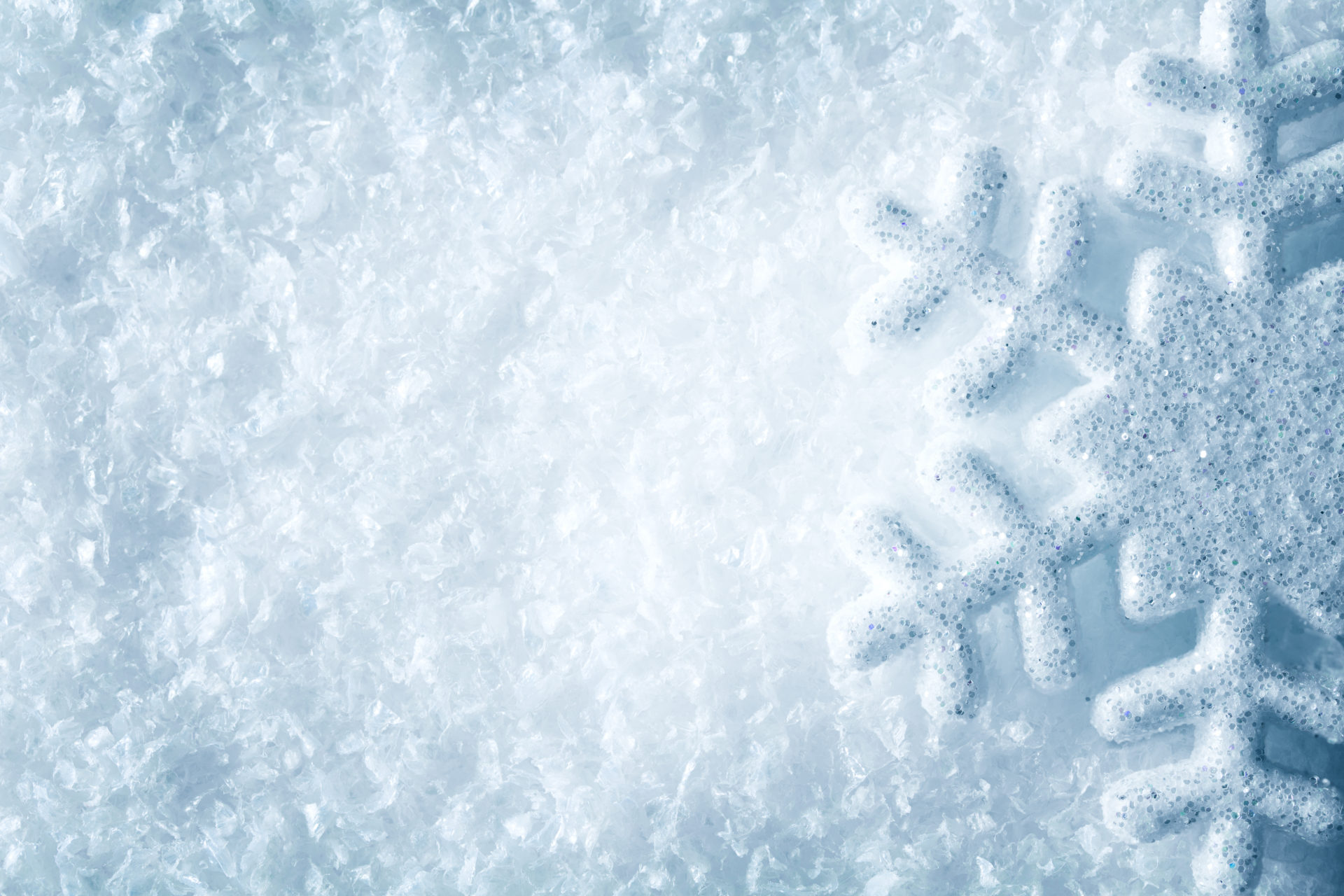
Winter snow was always legal
Hard to believe, but at the beginning of the 90s, the snow season was so difficult for Syracuse in New York that the Syracuse Common Council passed a decree in March 1992. The command read that any more snow falling before Christmas Eve in that same year would be outlawed. Of course, as winter snow cannot be controlled, it snowed only two days later, and the following winter was even heavier than the one before.
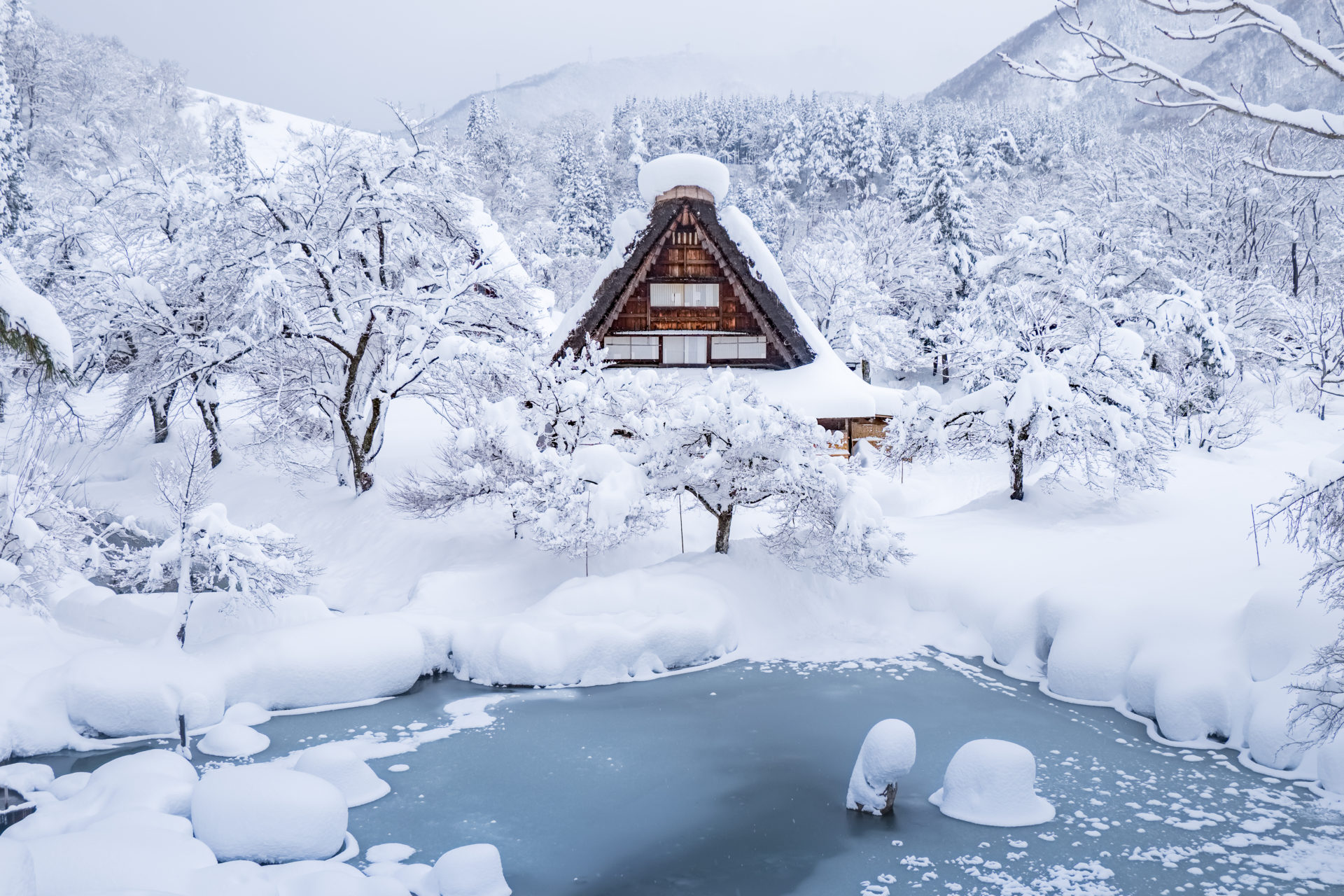
Snow doesn’t melt
The biggest myth about winter snow is probably that once the temperature warms up, it automatically and can only melt. However, snow is also capable of turning directly from solid to gas, which is called sublimation. It is a slow process, but the snow really can disappear into the air over time.
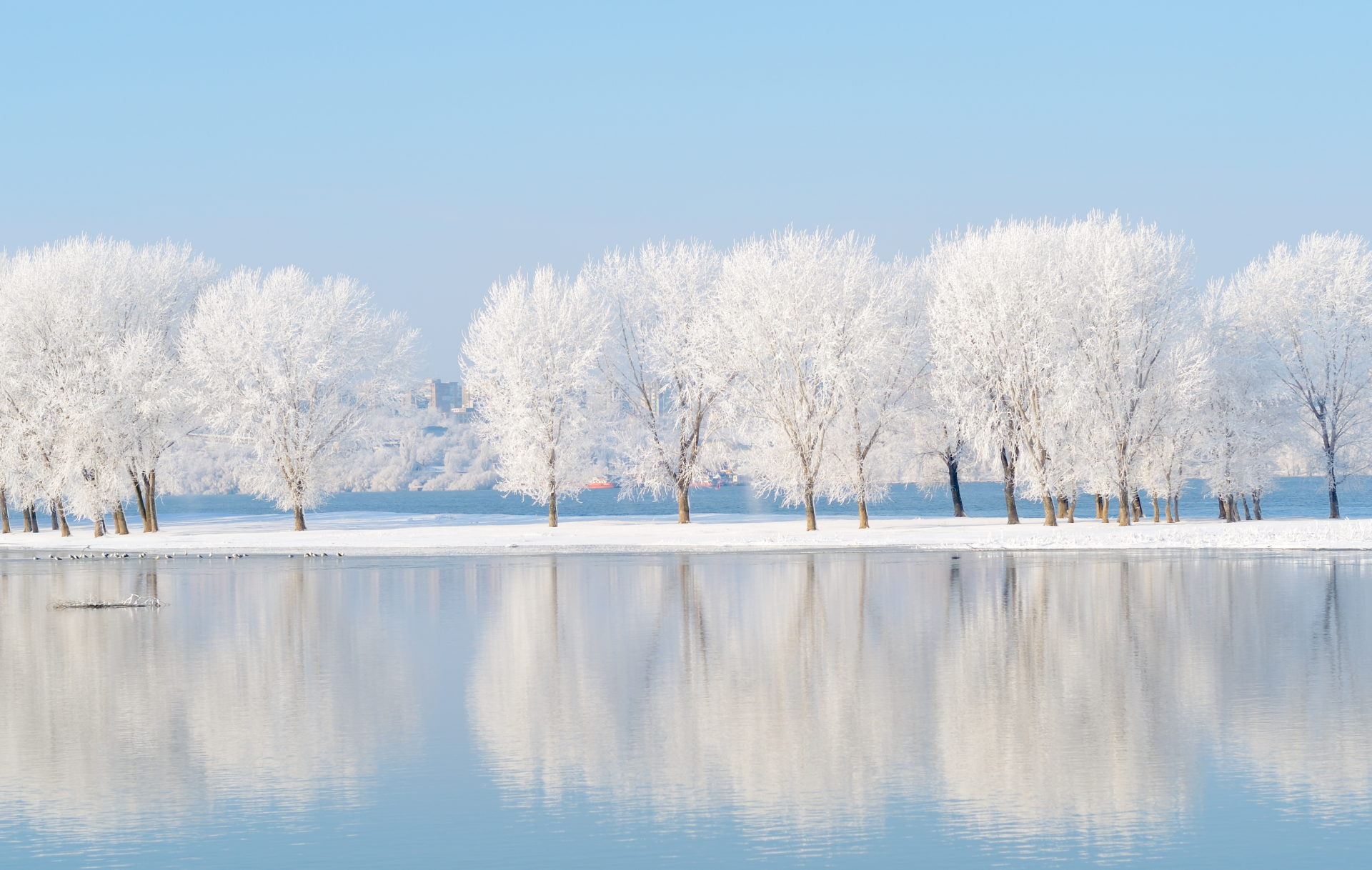
Install MyStart Theme for Google Chrome










